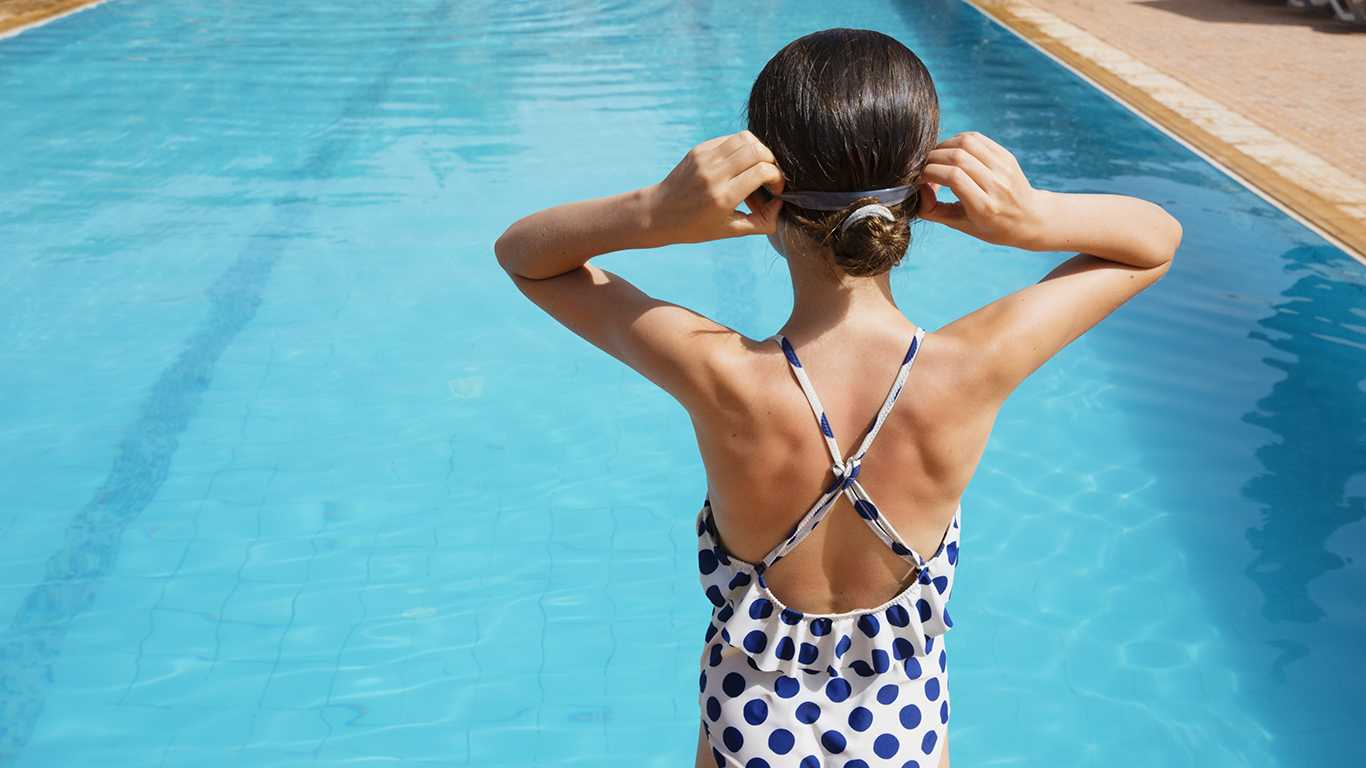
Spending time outside, often at the beach or the pool, is all a lot of fun — until somebody gets hurt, which unfortunately is a frequent occurrence.
There are approximately 10 drowning deaths every day in the United States. Globally, about 986 a day, according to the World Health Organization. Drowning is the third leading cause of unintentional injury death.
24/7 Tempo compiled a list of basic safety rules everyone should know using information from the American Red Cross, the Centers for Disease Control and Prevention, and other online sources.
The rule of thumb is to always first check the water if someone goes missing because it can take as little as 20 seconds for a child and a minute for an adult to drown. So every second counts. About 70% of young children who drowned or were found submerged in pools were not expected to be there.
Near-drowning, or surviving after suffocating under water, is potentially very serious as it can result in permanent brain damage. It can even lead to drowning after several hours if the lungs have been damaged.
While a person’s top priorities this season might include enjoying hours out in the sun, taking certain health precautions should also be atop that priority list. And it’s crucial to know the biggest health mistakes people make in the summer.
Click here to see how only takes a minute to drown and other water safety facts you can’t ignore

1. Drowning is a quiet event
Real-life drowning doesn’t look like the drowning you see in movies. Real-life drowning is silent. You’re not likely to hear splashing or screaming for help. People drowning would be gasping for air because water is covering most of their face. They won’t be splashing because they would be trying to reach something to hold on to under water.
A fifth of people who drown are kids up to 14 years of age. And for every child who dies from drowning, five others receive medical care for submersion injuries, according to the Centers for Disease Control and Prevention.
[in-text-ad]
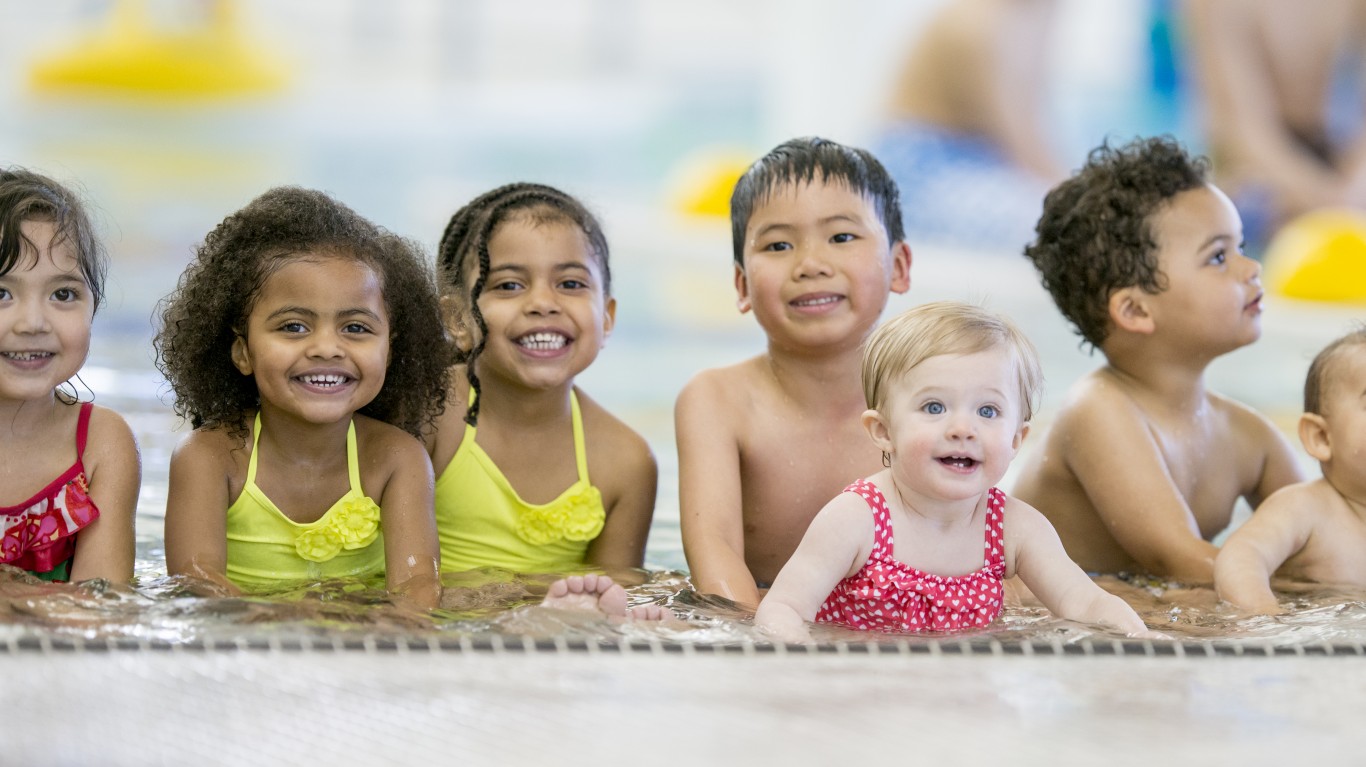
2. It can take as few as 20 seconds for a toddler to drown
Adults may have as much as a minute before their lungs are filled with water, but children have only about a third of that time. Toddler’s heads are heavy compared to the rest of their bodies, and this is why it’s harder for them to turn to the side or lift their head right out of the water. The water pushes the small kids down very quickly.

3. Babies can drown in just 1 inch of water
The places that pose the highest drowning risk for babies are bathtubs, buckets, and toilets. This is where they most often drown because many people don’t realize that they can drown in less than 2 inches of water. A potentially fatal outcome is often due to shock as the child is paralyzed with fear.
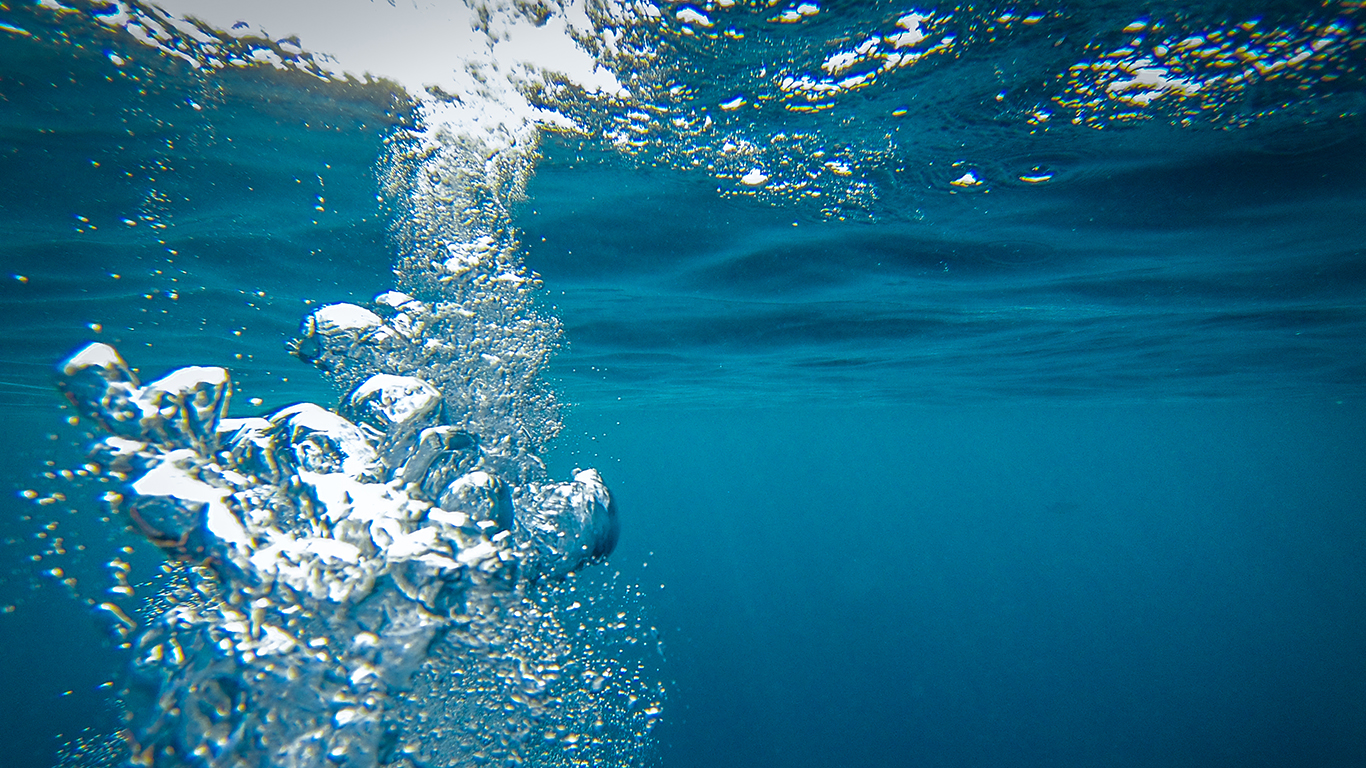
4. Involuntary gasp syndrome causes many drownings
Gasping is what people instinctively do when they feel like they are getting little air or that they’re struggling to breathe. But if a person takes a deep breath under water, the person will inhale in water and begin to drown, according to the National Center for Cold Water Safety.
[in-text-ad-2]

5. You can’t hold your breath for long in cold water
Some people are very good at holding their breath and can do it for a minute or even longer. But even they won’t last that long if submerged in cold water. The cold water lowers the amount of time an average person can hold his or her breath by about a third of their holding breath ability in warmer water, according to the National Center for Cold Water Safety. The lower the water temperature, the bigger the difference in time.

6. It takes 2 minutes to become unconscious
A drowning child can become unconscious in as little as two minutes, according to the Gateway Region YMCA, a children’s nonprofit organization. A child or weak swimmer can drown in the time it takes to reply to a text or apply sunscreen, according to the American Red Cross.
[in-text-ad]
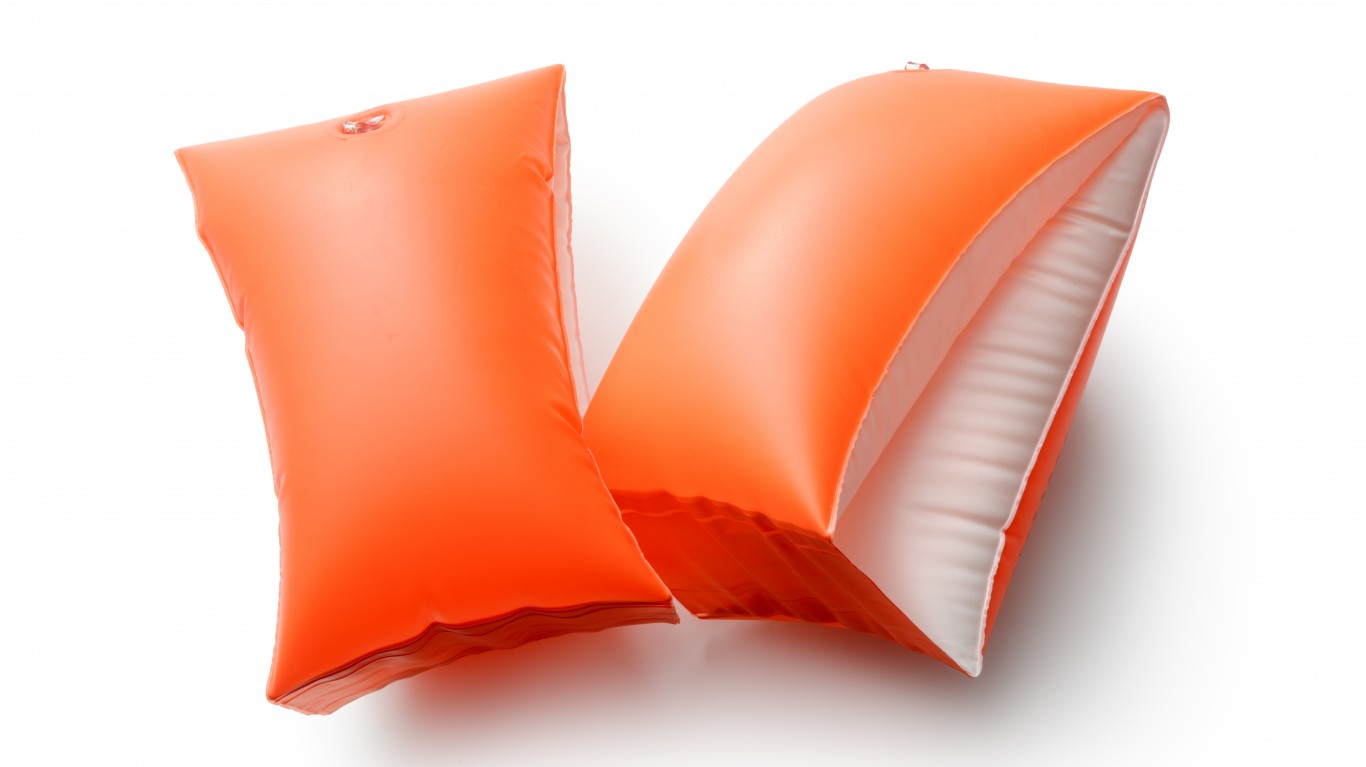
7. Air-filled water wings are not good protection
Air-filled water wings, swim rings, and other inflatable toys are fun to play with in the water, but they should not be used as protection against drowning, according to the American Red Cross. They can easily shift position, lose air, and even slip out. What kids should be wearing when they are in the water is a U.S. Coast Guard-approved life jacket.
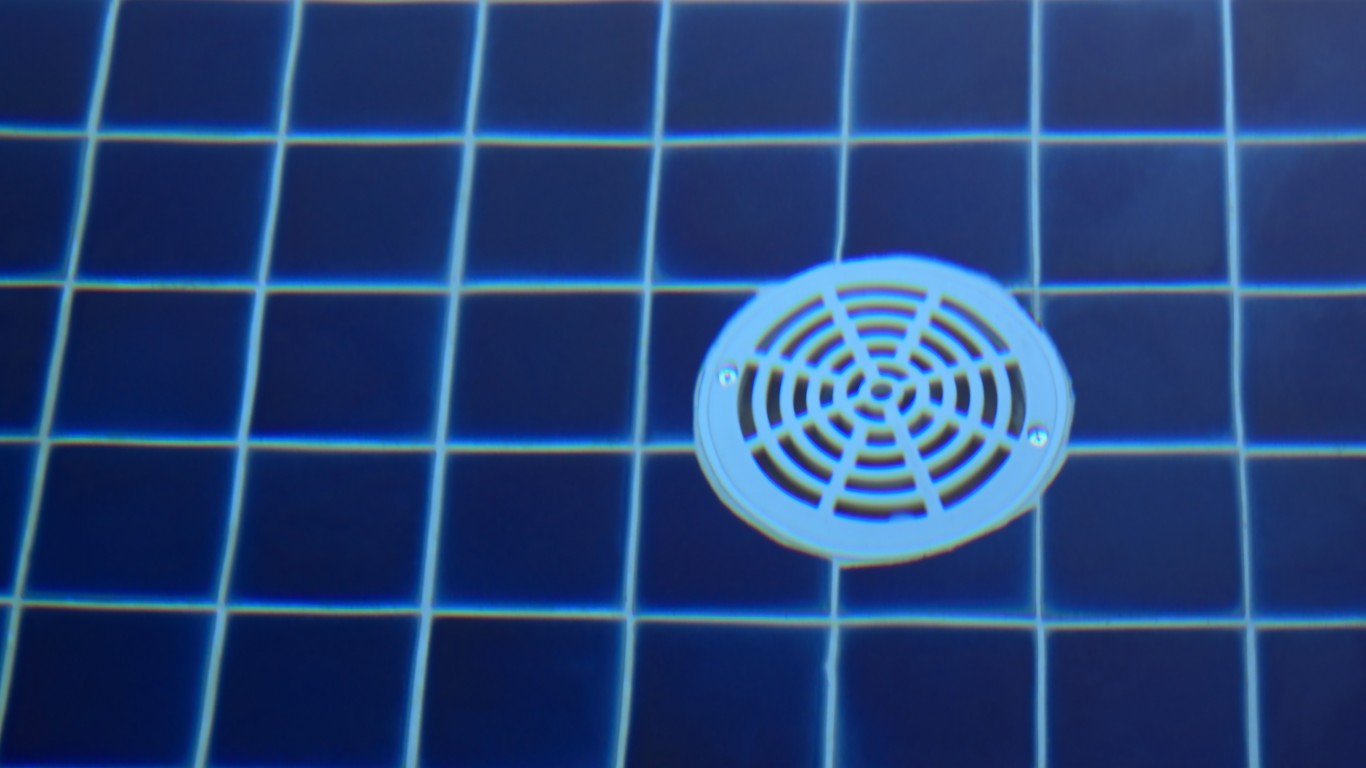
8. Stay away from pool drains
The American Red Cross suggests people stay away from pool drains and other openings in pools because they can create suction and hold a child under water.
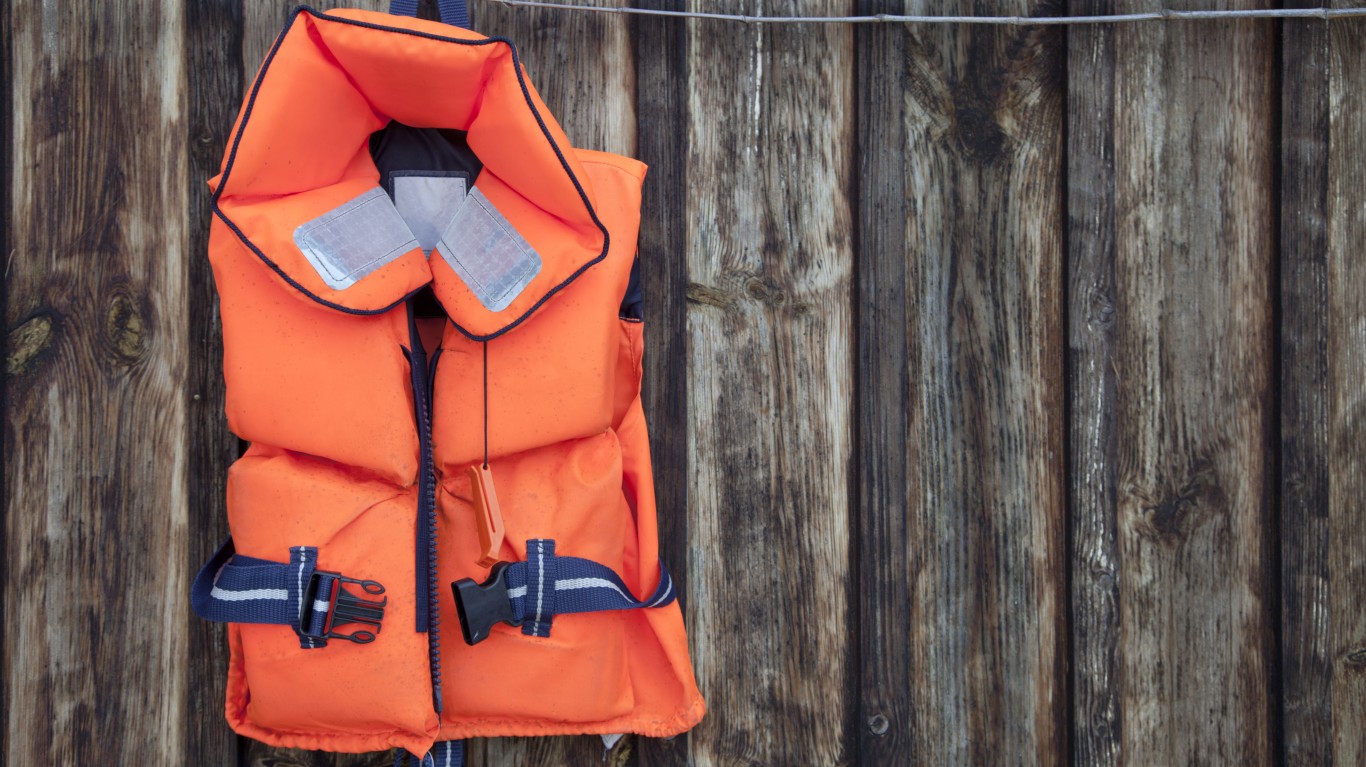
9. Life jackets are crucial
It takes a few minutes to put on a life jacket, and this may seem like a lifetime when you’re in a hurry to get in the water and enjoy yourself. But these few minutes may pay off in the end. About 80% of people who drown as a result of boating accidents don’t wear a life jacket when found, according to the U.S. Coast Guard Reserve. Most of them, the USCG Reserve says, could have been saved had they been wearing a life jacket.
[in-text-ad-2]
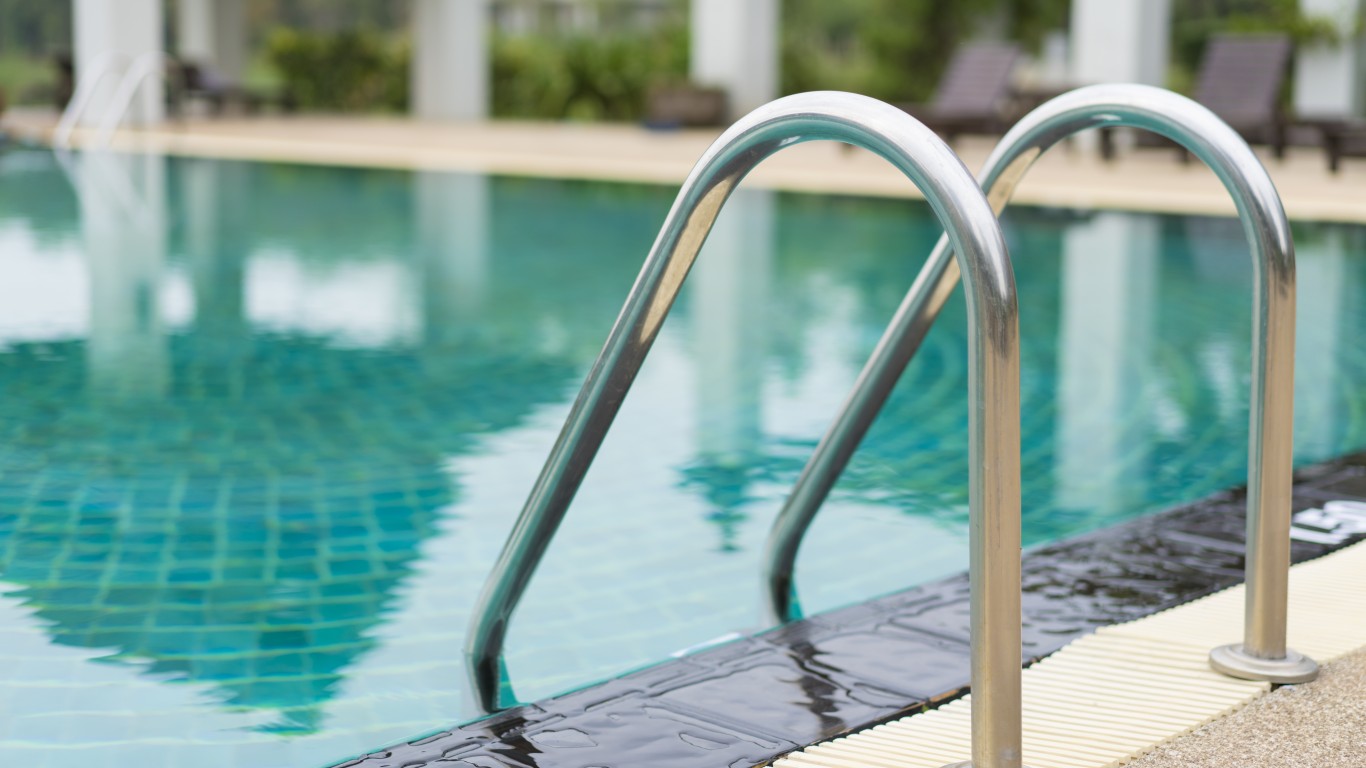
10. Most people drown within 10 yards of safety
About 90% of drownings among adolescents, excluding from boating accidents, occur within 10 yards of safety, according to the Pediatric Board Study Guide. Parents or any guardians watching a child in a pool or other body of water should be within an arm’s length of them.

11. Shower before and after a swim
Chlorine and other disinfectants don’t kill all germs, at least not right away. Most people know to take a shower after a swim to avoid getting sick with recreational water illness (RWI) caused by germs in the water. But about 40% of people don’t, according to a survey by the Water Quality and Health Council. The CDC recommends people take a shower before entering the water as this may help keep germs, dirt, and sweat out of the water.
[in-text-ad]

12. You CAN eat and go into the water
Most children have probably heard the dreadful words: “No swimming, you just ate.” It turns out this may have just been made up by parents who simply wanted to take a break from watching the kids in the water. The common belief that the energy spent on digestion could affect the energy level required for swimming has no scientific evidence.
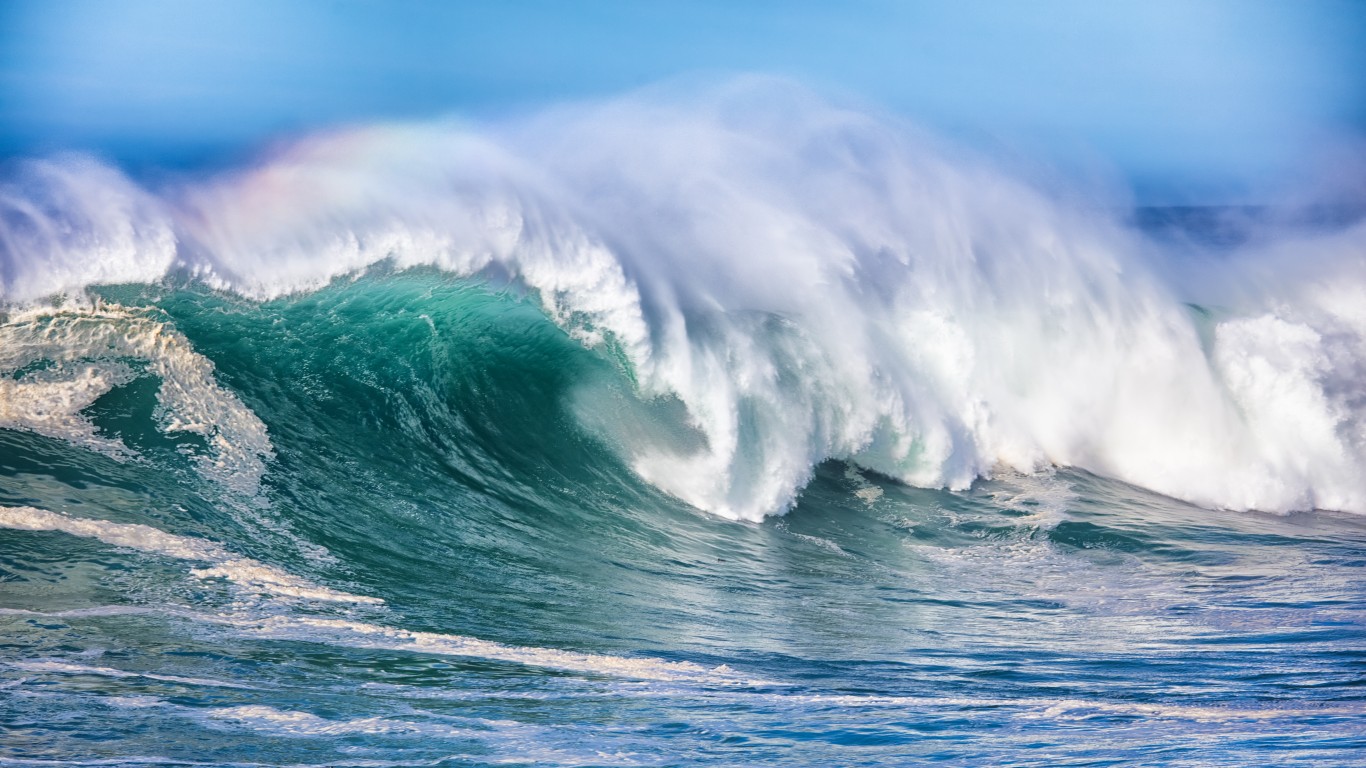
13. Surviving a strong current is counterintuitive
Rip currents can be scary. Being trapped in a fast-moving channel of water that pulls you inside can make some people panic. Most people will instinctevely start to swim towards the shore, and panic even more when they see they are not getting any closer. The first thing people should do is stay calm and remember that the current will not pull them under water. To swim out of the current, you have to swim parallel to the shore until you see waves breaking as this is where most currents end. Then swim towards the shore at an angle, following the breaking waves.
It’s Your Money, Your Future—Own It (sponsor)
Are you ahead, or behind on retirement? For families with more than $500,000 saved for retirement, finding a financial advisor who puts your interest first can be the difference, and today it’s easier than ever. SmartAsset’s free tool matches you with up to three fiduciary financial advisors who serve your area in minutes. Each advisor has been carefully vetted and must act in your best interests. Start your search now.
If you’ve saved and built a substantial nest egg for you and your family, don’t delay; get started right here and help your retirement dreams become a retirement reality.
Thank you for reading! Have some feedback for us?
Contact the 24/7 Wall St. editorial team.
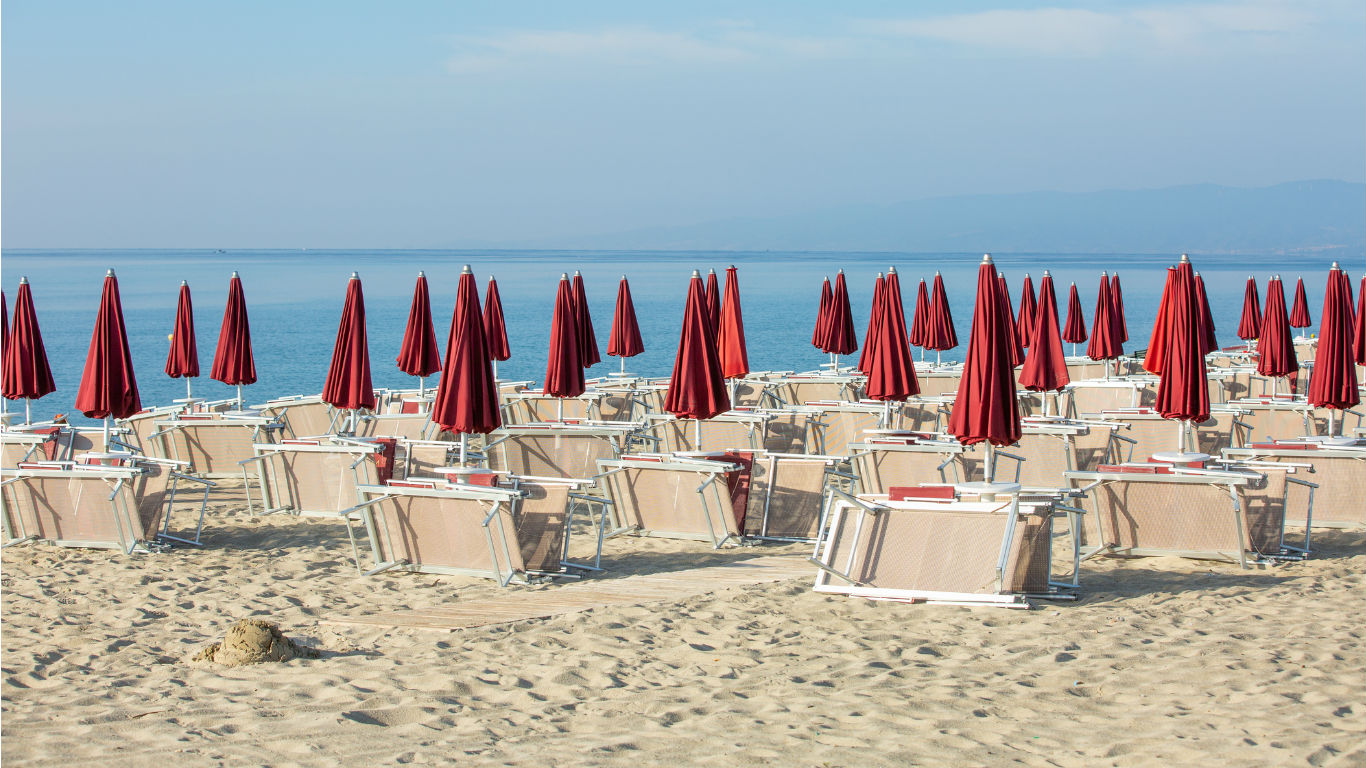 24/7 Wall St.
24/7 Wall St. 24/7 Wall St.
24/7 Wall St.
